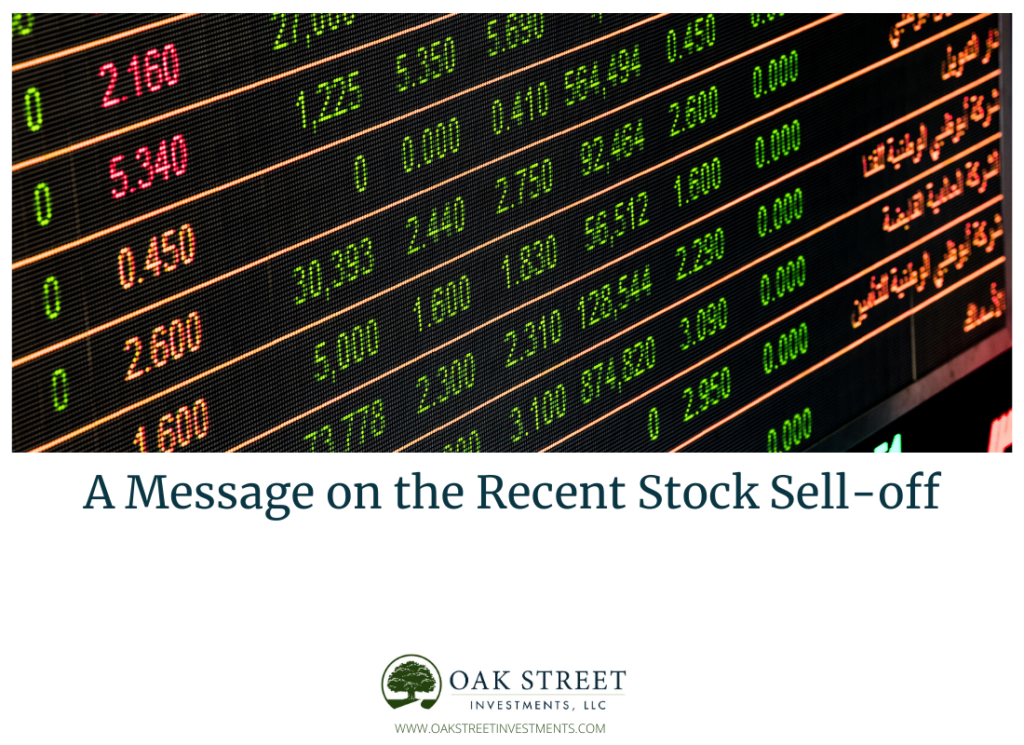
A Note On Market Volatility
This post was taken from an email sent to clients and friends. Enjoy.
As of this email, just over 83,000 confirmed cases of the Coronavirus (Covid-19) and a little under 3,000 confirmed deaths have been reported globally. This is a serious concern from a health and economic perspective, as we’ve seen its effects on supply chains in China and the rest of the world, and entire cities coming to a halt. Fear of a global pandemic has rippled through global markets and we’ve seen the result – a wave of panicked selling. But despite the headlines, potential (significant) economic disruptions and health concerns, the markets are functioning as expected.
Global stock markets hate uncertainty, and few events are as uncertain as a rapidly moving, highly communicable virus. As a result, investors are forced to reassess expectations for the future, and companies, governments and individuals are currently doing so. As risk increases during these times of heightened uncertainty, so do the returns investors demand for bearing that risk as all parties want positive expected returns. Remember that in any given moment, market pricing is efficient (though not always accurately reflecting a company’s intrinsic value), and reflect the aggregate expectations of buyers and sellers.
I don’t know when things will cool down or volatility will decrease, but historically investors have been compensated with positive returns for bearing similar risks. We’ve seen this from past health crises such as the Ebola and swine-flu outbreaks, and market disruptions in 2008 and 2009. Importantly, history has shown no reliable way to identify a market peak or bottom (remember you need to be correct twice) and we strongly urge our clients and friends against making market moves based on fear or speculation.
During times of increased volatility (and global pandemics), the best course of action starts with remaining calm. It’s okay to evaluate your overall allocation to stocks and bonds, but generally an investor’s inclination to sell or buy is inversely related to the proper time to do so. Proper, long-term investment allocations are based on risk profiles and investment time horizons. Market fluctuations should be used to make adjustments for tax-harvesting opportunities and rebalancing to your strategic long-term objectives. Investing is not easy, but it is simple.

[…] When you invested (remember to invest means to put away for the long-term) you knew that markets fluctuate, sometimes more rapidly than others. Identify your target long-term allocation of stocks to […]
[…] I’ve decided to once again share some thoughts about the recent market volatility (see initial commentary here). While some advisors believe communicating during these times trains clients to expect a […]
[…] will seem much smaller. That said, let’s look at the factors most likely to drive market volatility in the coming months, and why the impact may be […]
[…] the end of February, as the global markets were in a free-fall, I wrote my first of two articles on volatility. In it, I said “It’s okay to evaluate your overall […]